Use of Zinc Stearate, Calcium Stearate & other stearates in Anti- Aging Products.
Unlocking the Secrets of Stearates: How Zinc Stearate, Calcium Stearate, and Others Revolutionize Anti-Aging Products
In the quest for eternal youth, the beauty industry continually seeks innovative ingredients that promise to turn back the hands of time. Among these, stearates—such as zinc stearate and calcium stearate—have emerged as pivotal components in anti-aging formulations. Let’s delve into the world of stearates and uncover their myriad benefits in skincare products designed to defy aging.
The quest for a youthful appearance is an age-old pursuit. In today’s world, countless anti-aging products vie for our attention, promising to rewind time and recapture a radiant glow. While the science behind truly reversing aging remains elusive, some ingredients can enhance the efficacy and user experience of these products. Stearates, a group of fatty acid salts, play a crucial role in many anti-aging formulations, but their benefits often go unnoticed. Let’s delve deeper and explore how zinc stearate, calcium stearate, and other stearates contribute to the world of anti-aging skincare.
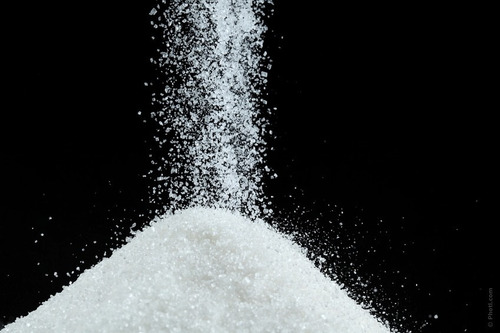
Unlocking the Secrets of Stearates: How Zinc Stearate, Calcium Stearate, and Others Revolutionize Anti-Aging Products

In the quest for eternal youth, the beauty industry continually seeks innovative ingredients that promise to turn back the hands of time. Among these, stearates—such as zinc stearate and calcium stearate—have emerged as pivotal components in anti-aging formulations. Let’s delve into the world of stearates and uncover their myriad benefits in skincare products designed to defy aging.
Understanding Stearates: What Are They?
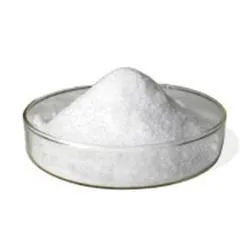
Stearates are salts or esters of stearic acid, a saturated fatty acid found in various natural sources, including animal and vegetable fats. They are widely used in cosmetic and pharmaceutical formulations for their versatile properties. Zinc stearate, derived from zinc oxide and stearic acid, and calcium stearate, derived from calcium hydroxide and stearic acid, are two prominent variants recognized for their unique contributions to anti-aging skincare.
Stearates 101: Understanding the Basics
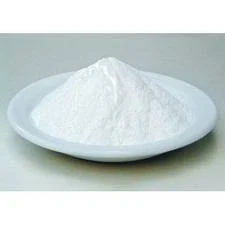
Stearates are a family of compounds derived from stearic acid, a long-chain fatty acid naturally found in animal fats and plant oils. When stearic acid combines with a metal element like zinc or calcium, it forms a stearate salt. These salts possess unique properties that make them valuable ingredients in various industries, including cosmetics and personal care.
In the context of anti-aging products, stearates primarily function as:
- Thickeners and Emulsifiers: Stearates help create a desirable product consistency. They contribute to a smooth, creamy texture that feels luxurious on the skin. Additionally, stearates act as emulsifiers, ensuring oil and water components in a product blend seamlessly and remain stable, preventing separation.
- Lubricants: Stearates reduce friction, allowing for a smoother application and better spreadability of the product. This enhances user experience and ensures even distribution of the active ingredients across the skin.
- Anti-Caking Agents: Stearates prevent powdered ingredients from clumping together, maintaining a smooth texture and facilitating easy product application.
Zinc Stearate: A Multifaceted Ally

Zinc stearate is a widely used stearate in cosmetics. Beyond its thickening and emulsifying properties, zinc stearate offers additional benefits for anti-aging products:
- Mild Astringent: Zinc stearate possesses mild astringent properties, which can help minimize the appearance of enlarged pores, a common concern for mature skin.
- Mattifying Effect: It can help control excess oil production, leading to a less shiny and more matte appearance, a benefit for those with oily or combination skin.
Calcium Stearate: The Smoothing Touch
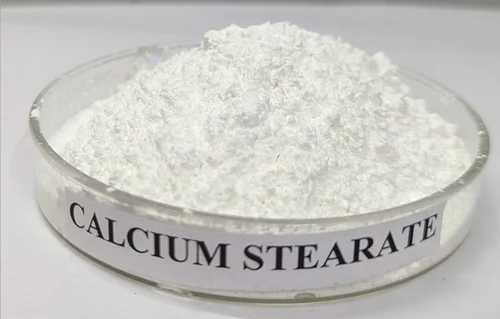
Calcium stearate is another frequently used stearate. It excels in:
- Enhanced Spreadability: This stearate contributes to a silky, smooth feel, allowing for effortless product application.
- Improved Skin Feel: Calcium stearate can leave the skin feeling soft and supple.
Beyond Zinc and Calcium: A World of Stearate Possibilities

The world of stearates extends beyond zinc and calcium. Here are some other stearates with their unique contributions:
- Magnesium Stearate: Similar to its counterparts, magnesium stearate offers thickening and emulsifying properties. It can also act as a mild anti-caking agent.
- Aluminum Stearate: This stearate excels in thickening and stabilizing emulsions. It can also contribute to a water-resistant film formation, potentially beneficial for sunscreens.
Safety Considerations
Stearates are generally considered safe for topical use in cosmetics. However, some individuals with very sensitive skin might experience mild irritation. Patch testing a new product containing stearates on a small area of the inner forearm is always recommended before full-face application.
The Takeaway: Stearates – Unsung Heroes of Anti-Aging Products

While stearates might not be the flashiest ingredients on an anti-aging product label, they play a vital behind-the-scenes role. They contribute to a luxurious user experience, ensure product stability, and enhance the delivery of active ingredients. So, the next time you reach for your favorite anti-aging cream, take a moment to appreciate the silent work of stearates, helping you achieve that youthful, radiant look.
Benefits of Zinc Stearate in Anti-Aging Products
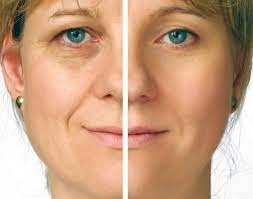
- Matte Finish and Skin Smoothing: Zinc stearate serves as an effective texture enhancer, imparting a silky feel to skincare products while creating a matte finish. This property makes it ideal for anti-aging foundations and powders, which aim to minimize the appearance of fine lines and wrinkles.
- Oil Absorption: With its excellent oil-absorbing capabilities, zinc stearate helps control shine and sebum production, promoting a more balanced complexion. This is particularly beneficial in anti-aging moisturizers and primers, which aim to hydrate without causing greasiness.
- Enhanced Product Adherence: In formulations such as anti-aging eyeshadows and blushes, zinc stearate improves product adherence to the skin, ensuring longer wear and reduced creasing. This results in a more youthful and fresh appearance throughout the day.
- Skin Protection: Zinc stearate contributes to the overall stability of formulations, acting as a bulking agent that protects sensitive anti-aging ingredients from degradation. This ensures the efficacy of active compounds like retinoids and antioxidants, which are crucial in combating signs of aging.
Calcium Stearate: A Versatile Anti-Aging Ingredient
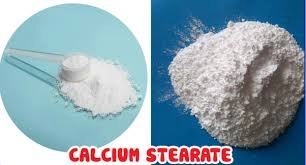
- Binding and Emulsifying Agent: Calcium stearate plays a key role in stabilizing emulsions and binding ingredients in anti-aging creams and lotions. This enhances the product’s texture and consistency while ensuring uniform distribution of beneficial compounds across the skin.
- Barrier Function Support: Known for its moisture-retentive properties, calcium stearate helps reinforce the skin’s natural barrier. This is essential in anti-aging serums and treatments, which aim to repair and protect the skin from environmental stressors and moisture loss.
- Skin Softening and Smoothness: By imparting a soft, velvety texture to formulations, calcium stearate contributes to the overall sensory experience of anti-aging products. It enhances spreadability and absorption, allowing key ingredients to penetrate deeply for maximum efficacy.
- Non-Comedogenic Properties: Calcium stearate is non-comedogenic, making it suitable for anti-aging products designed for all skin types, including sensitive and acne-prone skin. It helps prevent pore-clogging and breakouts while delivering essential nutrients and hydration.
The Role of Other Stearates in Anti-Aging Formulations
Beyond zinc and calcium stearate, other stearates such as magnesium stearate and sodium stearate also offer unique benefits in anti-aging skincare:
- Magnesium Stearate: Acts as a viscosity regulator and texture enhancer, improving the feel and spreadability of anti-aging creams and masks.
- Sodium Stearate: Functions as a surfactant and emulsifier, aiding in the stabilization and foaming of anti-aging cleansers and exfoliants.

Conclusion
In conclusion, stearates—particularly zinc stearate, calcium stearate, and their counterparts—play indispensable roles in the formulation of effective anti-aging products. From enhancing texture and absorption to stabilizing formulations and protecting the skin, these ingredients exemplify the intersection of science and skincare innovation. As research continues to unlock their full potential, incorporating stearates into your anti-aging regimen may prove to be a transformative step towards achieving youthful, radiant skin for years to come.
Embrace the future of skincare with stearates—where science meets beauty, and age is just a number.

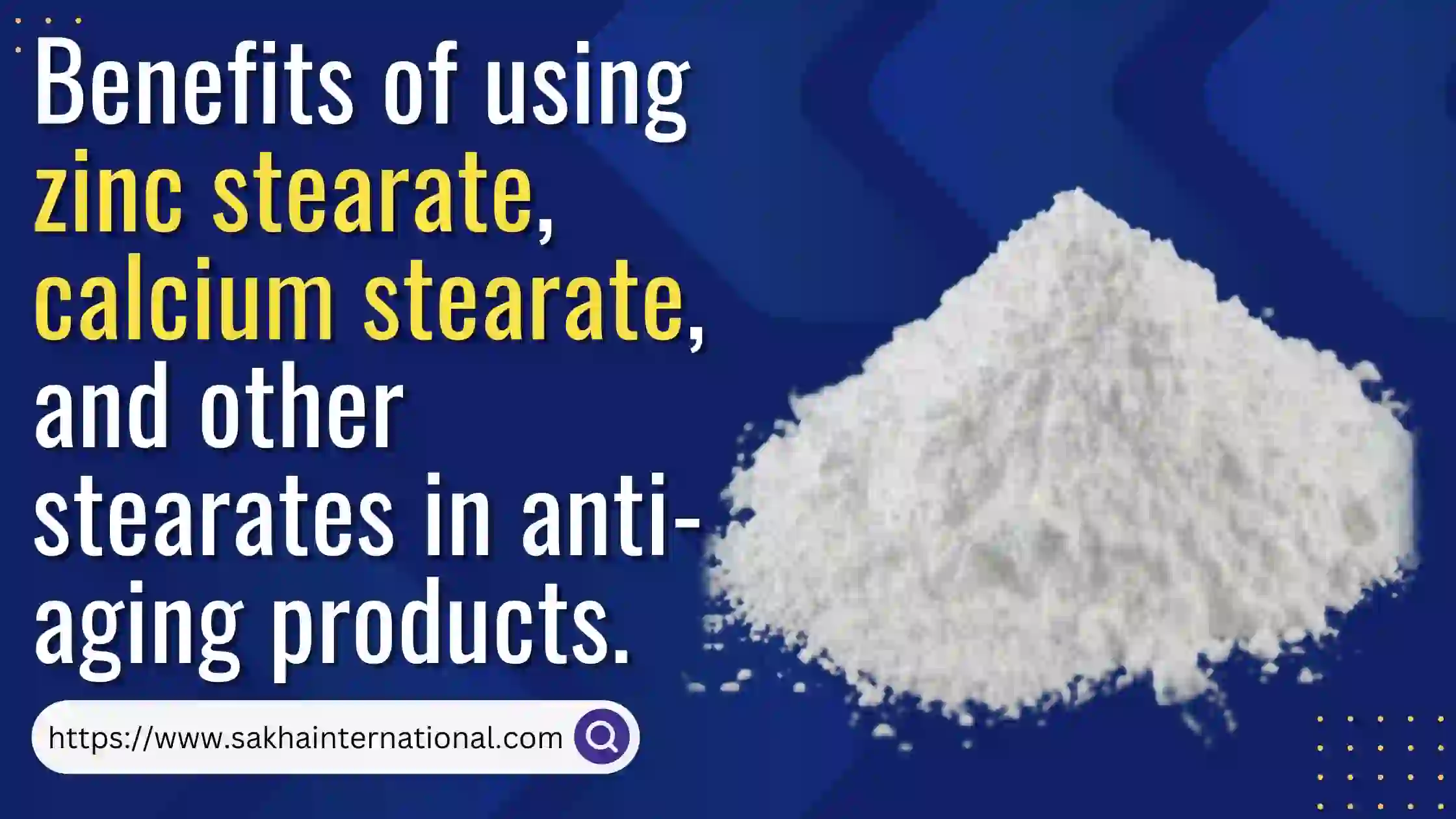




Leave A Comment